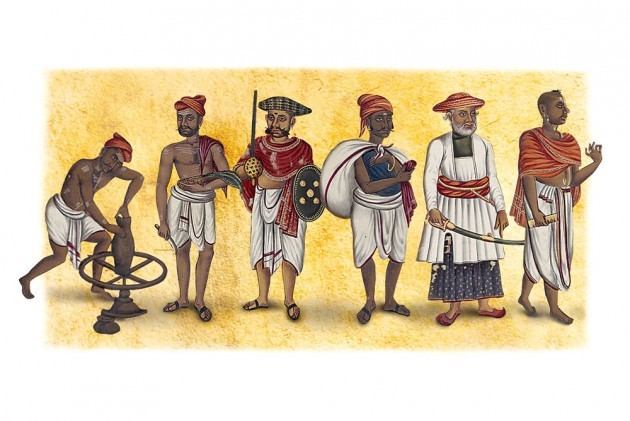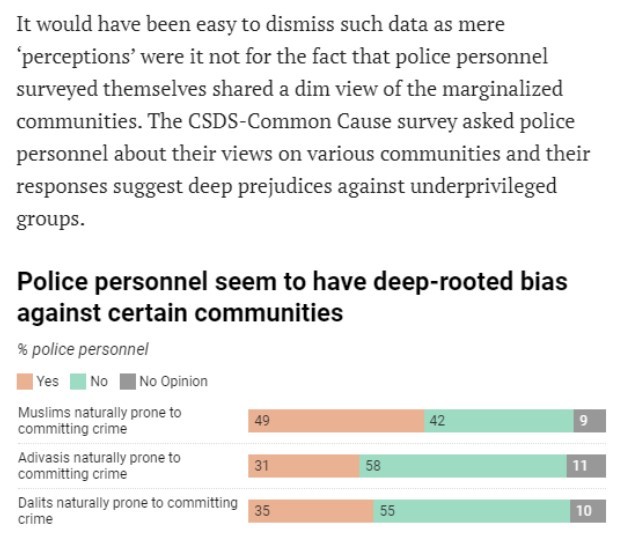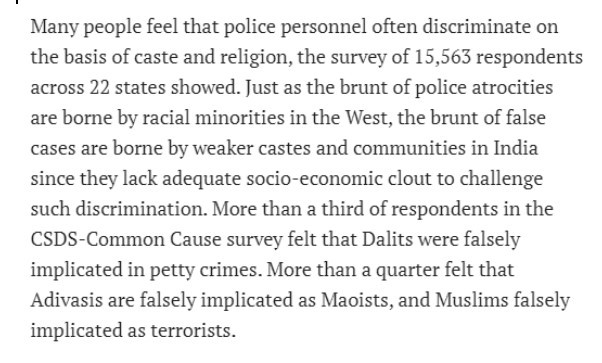
Why is India Shying to Teach Critical Caste Theory?
Author – Jaimine Vaishnav
Caste is the oldest apartheid that continues to pauperise the human and social capital of the oppressed community, especially the Dalits. Verily, the caste apologists are least likely to proffer space and platform to the caste annihilators and thus India exploits its own opportunity in fighting the menace of the caste system, cautions Jaimine Vaishnav.
Satish Deshpande, a Sociologist, coherently stated that “By transforming their caste capital into modern capital, upper castes can now claim to be casteless and accuse the lower castes of being illegitimate purveyors of caste.” This context is very contemporary in today’s epoch when studying caste with an intent to annihilate it has very few takes. This is not to deny the existence of caste politics, casteist voters/leaders, caste literature, etc. but they have altogether failed in their so-called aggregated approach towards Dr Ambedkar’s vision i.e., Annihilation of Caste.
The NCRB data of 2019 sadly reveals that India is unsafe for Dalit and Tribal girls. Uttar Pradesh fares worst. The intersectional relationship between caste and gender is commonly misunderstood as well as ignored and also underestimated. Thus, our society has reached the point of unchecked casteism. To add to the woes, the politics of Hindutva has consolidated and inflated the hate crimes against minorities by 300% in a span of 7 years.
On the other hand, the 2011 census also revealed that not more than 6% of India’s population go for inter-caste marriage. This picture manifests the dearth of critical understanding of caste. To add fuel to the fire, Uttar Pradesh has the highest manual scavengers in the country. There are around 66000 manual scavengers in India, which is a caste-based occupation; despite the brouhaha over 21st century’s modernity, out of which 80% are married women in this vocation. Uttar Pradesh tops the list here with 35000 manual scavengers.
Read also – “C” Through The Caste
In 2001, India had a chance at the Durban conference (global convention to fight bigotry) to associate casteism with racism but sadly the diplomatic representatives of the upper-caste backed by the Vajpayee Government preferred to dissociate casteism with racism. Switzerland and Guatemala backed the Dalit cause but India didn’t. India doesn’t. That’s why there’s a dire need to have critical caste theory being taught from the school level onwards since toxic parenting culture is lacking incentives of educating the household on the issues of caste. Critical caste theory, at the same time, will be able to sensitize caste but would the privileged caste dare to culturally bomb their own conventional and patriarchal values?
As recently, President Joe Biden has received flak for reviving the discourse of critical race theory (CRT) in the social sphere. In simple terms, Stephen Sawchuck of EdWeek defines, “Critical race theory is an academic concept that is more than 40 years old. The core idea is that racism is a social construct, and that it is not merely the product of individual bias or prejudice, but also something embedded in legal systems and policies.”
The US, which has been founded in 1776 on libertarian maxims, has failed to fight racism even today. The world has seen the apartheid against African-Americans in the land of the biggest democracy. Hitherto the US is yet to witness an African-American lady becoming the President (or any women!). Unsure if the step would be merely tokenist but there are many sociological reports that confirm how racism in the US is legally binding. The case of police atrocities against African-Americans is a signature in this regard.
In the Indian context, Manusmriti may not be a de jure doctrine but it has continued to share the social and cultural consciousness of India’s democratic system. Beginning with the late 1940s, when Hindu Mahasabha led by Manusmriti’s proponent Swami Karpatri backed by the RSS leaders objecting to India’s constitution to India’s judiciary open-secret romance with Manusmriti’s verses. As both SCC Online and indiankanoon.org indicate, between 1950 and 2019, the Manusmriti has been thus used for by the Supreme Court and several High Courts a total of 38 times, 26 of those (nearly 70%) being between 2009 and 2019, a period coinciding with the rise of virulent Hindutva across the subcontinent. Between 1989 and 2019, the Supreme Court has used Manusmriti in making their decisions a total of 7 times. Even the Chartered High Courts of Bombay, Madras and Allahabad have referred to Manusmriti in multiple judgments.
Read also – Cisco Caste Discrimination Case – Understand the Threat of Brahmins as Power-Hungry Monsters
The CSDS-Common Cause survey has also revealed surprising facts on how deeply racism is rooted in the cognition and carte blanche attitude of Indian police personnel. Here’s a quick snippet from the LiveMint (Feb 2020) report:


Dr Ambedkar’s tryst with the burning of Manusmriti continues to be an important part of revolutionary history in the ambit of annihilation of caste. Manusmriti has known has been the casteist doctrine that pauperises Dalit and also women of their rights, liberty, dignity and self-respect. The case of the Indian Judiciary’s romance with Manusmriti at the cost of Constitutional studies depict a dangerous trend and thus it’s important to register the learning of ‘critical caste theory’ in education, social and every other sphere. Verily, the mainstream sphere is least likely to take up the cause and thus it seems legit to run a counter-economy in ‘educating’ the communities so that they can ‘organise’ themselves to ‘agitate’ against the deniers of caste existence.
(Jaimine Vaishnav is a lecturer based in Mumbai. He is presently completing his Ph.D. He blogs on subjects like Hindutva, Buddhism, free speech and society. The views expressed here are personal.)



+ There are no comments
Add yours